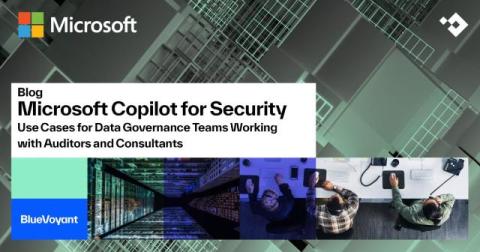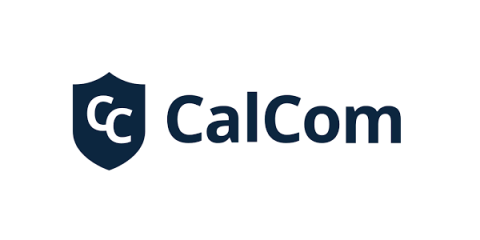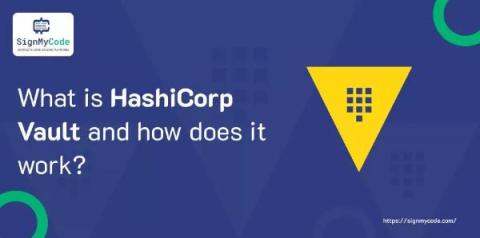Exploring Cybersecurity Risks in Telemedicine: A New Healthcare Paradigm
The experience of seeing a doctor has transformed dramatically, thanks in part to the emergence of telemedicine. This digital evolution promises convenience and accessibility but brings with it a host of cybersecurity risks that were unimaginable up until a few years ago. The unique cybersecurity challenges facing telemedicine today underscore the importance of adopting stringent security measures to protect the sanctity of this vital service.











